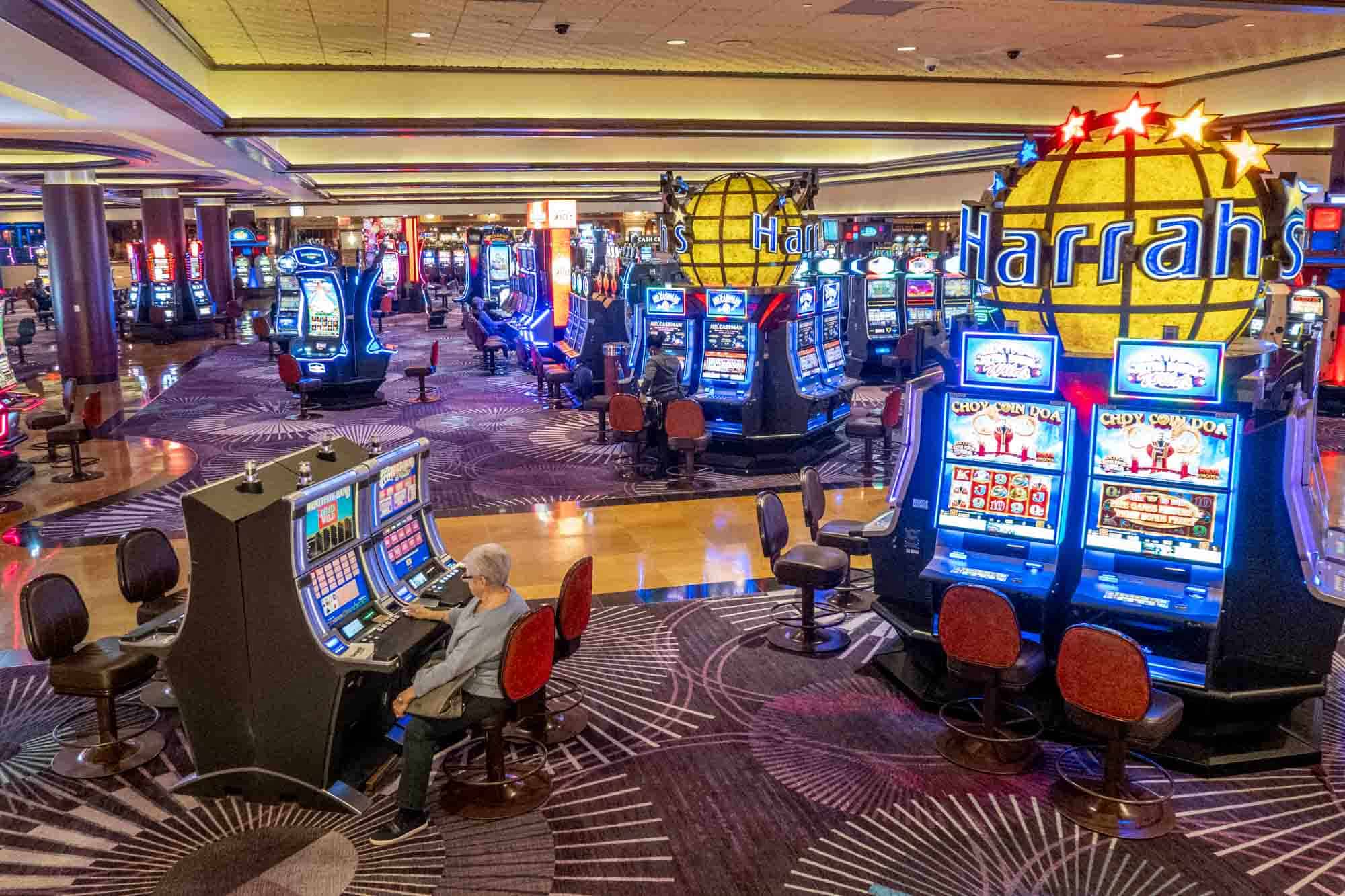
Summer camps have long been a beloved custom, offering children and teens a chance to break free from the hustle and bustle of daily life during the warmer months. Over the decades, these camps have changed significantly, reflecting cultural shifts, culture, and the needs of parents. From the simple lodges of the early 20th century to the focused activities of today, summer camps have adapted to provide valuable opportunities that foster individual development, bonds, and cherished memories.
As we examine at the past of summer camps, we can see distinct trends and developments that have influenced the way these programs run. The early days were centered around nature-based activities and basic survival skills, whereas modern camps now provide a wide range of themes, addressing different interests and fostering a journey of self-discovery. These developments not only highlight the flexibility of summer camps but also reinforce their profound effect on multiple generations of youth.
A Early Period: Nineteen Hundreds to 1950s
The concept of summer camps began develop in the initial Nineteen Hundreds, driven by the growing interest in outdoor activities and a desire for children to connect with the outdoors. The first structured camps were often created by teachers and thinkers who championed the value of experiential education beyond the conventional classroom setting. Such initial summer camps were typically concentrated on activities like hiking, water activities, and art projects, allowing kids to connect with nature and develop self-reliance.
By the late 1920s and 1930s, summer camps were becoming more popular, accommodating a wider audience and offering a variety of activities. Camps were established for different demographics, including those designated for girls or boys, with each camp focusing on unique themes or skills. This era saw the introduction of structured programs, social games, and team-building activities that promoted friendship and personal growth among campers, setting the foundation for the diverse offerings that summer camps would later become known for.
The post-WWII era marked a notable growth in the summer camp movement, driven by an increase in free time and extra money among parents. An increasing number of parents understood the benefits of sending their children to camp for both educational and interpersonal development. New camps began to emerge, featuring specialized programs in sports, artistic endeavors, and leadership skills. This period set the scene for the evolution of summer camps into varied environments centered around a variety of interests and personal growth opportunities.
The Rise of Specialty Camps: 1980s to 1990s
In the decades following the 1960s, summer camps began to evolve significantly, with specialized camps emerging to serve a variety of interests and skills. As society became more evolving, families sought programs that not only provided recreation but also nurtured specific talents in their children. This period witnessed the inception of camps focusing on athletics, arts, academics, and even technology, capturing the interest of young campers eager to explore their passions in an engaging environment.
By the 1970s, the trend toward specialization continued to flourish, fueled by a growing awareness of children’s unique interests. Camps specifically designed for music, sports, and science became increasingly popular, allowing children to immerse themselves in their areas of interest. Counselors, often specialists in their respective fields, provided support and advice, creating an enriching atmosphere where campers could explore new skills and build lasting connections. These camps were instrumental in helping children gain self-esteem while pursuing their dreams.
The 1980s saw the rise of even more niche camps, with options like outdoor camps, wilderness training, and leadership development programs emerging on the scene. Parents recognized the value of sending their children to these specialized camps, not just for leisure, but for development and skill acquisition. Summer Camps East Belfast As camps expanded their offerings, they reflected broader societal shifts towards valuing specialized education and experiences, marking a major evolution in the summer camp landscape that continues to influence camp offerings today.
Contemporary Innovations: 1990s to Present
The 1990s marked a notable turning point for summer camps, as tech began to influence the way programs were structured and delivered. The advent of computers and the internet opened doors for camps to enhance their services. Camps started to integrate computer skills into their programs, teaching children a range of topics from basic programming to web design. This era witnessed the rise of thematic camps focused on technology, arts, and sports, allowing children to pursue specific interests in detail and gain skills that were ever more relevant in the modern world.
As the 2000s approached, summer camps started to highlight the value of outdoor education and environmental awareness. Programs that promoted sustainability and nature conservation became increasingly popular, reflecting a growing societal focus on ecological matters. Camps launched activities like organic gardening, wildlife tracking, and eco-friendly crafts, fostering a connection to nature among campers. This transition not only educated children but also imparted values of stewardship and responsibility for the environment, aligning camp experiences with broader cultural trends.
Today, summer camps persist in evolve by incorporating blended learning techniques that combine classic hands-on experiences with online interactions. Many camps now offer hybrid programs that enable children to take part in virtual activities alongside in-person sessions. This adaptability has made summer camps more available, enabling children from diverse backgrounds to engage regardless of their geographic situation. Additionally, the focus on mental health and well-being has led camps to prioritize mindfulness and social-emotional learning, helping campers develop resilience and interpersonal skills in a nurturing environment.